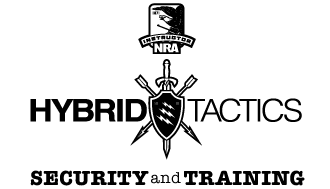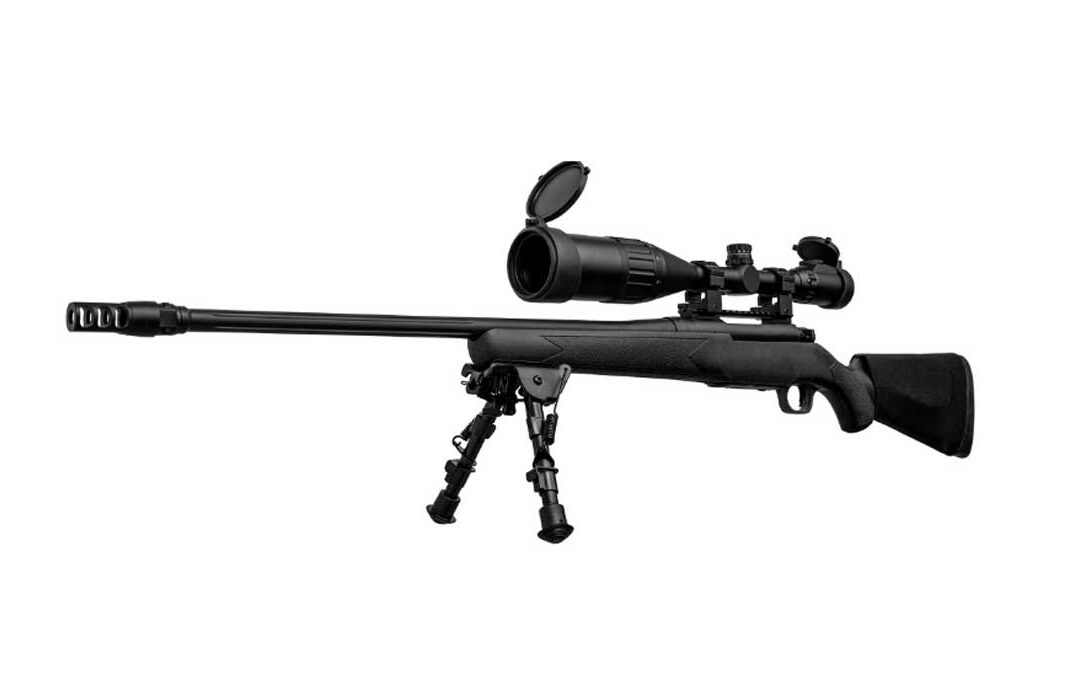PART 1: 7 YARD BORESIGHT
Within a 3 week period in 2021 I chatted with 3 very successful hunters. Each of them used either a MIL dot or Duplex style reticle. None of the hunters that I spoke with had attended any formal course regarding long range precision marksmanship. Each of the hunters had very basic knowledge regarding the atmospheric effects on a bullet in flight and or the mechanics of adjusting a scope based on caliber or range.
This series is dedicated to providing the basic instruction for marksmen and hunters who are at the beginner level of shooting and are less experienced long distance precision marksmen who utilize either the MIL dot or Duplex style reticle system with information in order to assist in attaining greater proficiency in your skills and abilities.
If this describes your marksmanship skills then I want you to know that my goal is to assist you in learning the principles required in order to effectively engage targets. The utilization of the MIL dot reticle as the foundational reticle system mandates that the marksman himself is the point of information development, and not the scope reticle itself. The use of the demands that the marksman himself is proficient in calculations and the employment of his weapons system to include the scope, and not the other way around.
While the goal of these posts is to provide information in utilizing the MIL dot reticle system, I would have those who read this post be advised that the exact same principles that I describe may also be used with the more “modern” scope reticles.
7-YARD LINE
My zeroing method may be a little unconventional when compared to the methods used by some, especially with regards to utilizing a long range precision marksmanship rifle, but I think that it is very efficient and effective. That is why I am sharing it in this forum.
Whether I am shooting a pistol, AR style rifle, or even a “long-gun” as some in the tactical world refer to long range precision rifles, I have the exact same first few rounds process.
No matter what weapon system I’m utilizing I start at the 7 yard line and it is from this distance that I fire the first round.
I utilize this approach due to my personal experience and the experience of others that if the deviation of your sighting system is great enough, and the range at which you fire your first few rounds is far enough…
You will not hit the target, nor even the backer at all, and you will not have an initial reference impact from which you are able to make adjustments.
Some may say that’s not possible. It is. It’s happened in my presence. In fact this is exactly what had occurred with the first of the two shooters some months ago. He purchased a new rifle, put a scope on it, went to the range and fired it at 100 yards and completely missed the target and backer. Neither he, nor those he was with were ever able to see his hits on the target because he completely missed. When he explained what he had experienced to me I had a very good idea what happened. I explained it to him. I don’t think he didn’t quite believe me.
From the 7-yard line, I verified that the scope was placed on the rifle appropriately, and from a kneeling position at I fired one single shot. From 7 yards the shot was extremely low and far to the right. At 100 yards it would have been far enough off of center that it would not have impacted the target backer. We would not therefore, have been able to know from what point to begin making corrections. The shooter was able to see that if this same rifle had been fired from the 100-yard line that the likelihood of missing the target backer completely was very high.
I made a few elevation and windage adjustments, fired and then hit center mass.
Now that the shooter could see that the rifle did have the capability to hit center mass (albeit at 7 yards) he had a new-found confidence in his rifle and scope. I passed the rifle off to the shooter, who then fired it from supported prone and hit off center (high and to the left). We then made adjustments to get him on center and then moved to the 50 yard line, where we repeated the process and then the 100 yard line. At the 100 yard line the shooter was able to group less than 1 MOA and just slightly left of center. This left deviation is attributable to a certain few (correctable) aspects. I’ll address those later.
TAKE AWAY
For now, I’ll share this take-away from my initial shooting (zeroing) process. You can always start the zeroing process at 25, 50 or even the 100-yard line. You will most likely do fine. I would just note that I’ve seen the best of shooters miss during the zeroing process at each of those yard lines. I always start at 7 yards. I’ve never missed an entire backer at the 7 yard line and I always know exactly and immediately where I’ve hit. This process saves me (and those who are with me) both time and rounds utilized.
-Krieger

